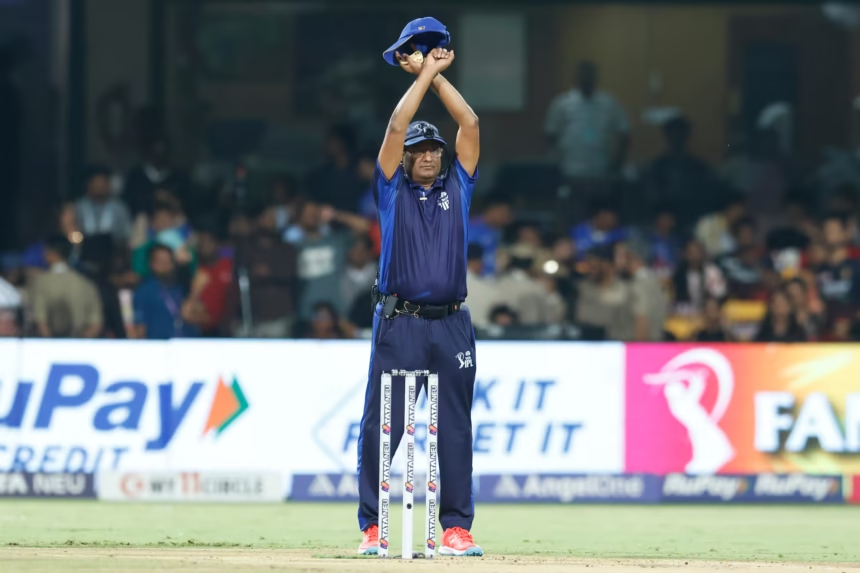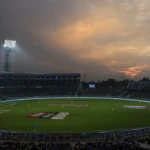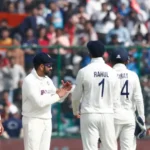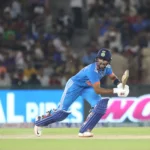In a landmark change for the Indian Premier League 2025, the Board of Control for Cricket in India (BCCI) has implemented the use of a second new ball per innings, a decision aimed at countering the long-standing challenge of the dew factor during night matches. This experimental rule—where each innings begins with two separate new balls, one from each end—marks a significant shift in T20 playing conditions and has already begun to influence team strategies and match outcomes.
Why the Change Was Needed
Dew has long been a game-defining factor in evening T20 matches across India, especially in venues like Mumbai, Ahmedabad, and Chennai, where high humidity and late-evening moisture drastically affect the balance between bat and ball.
Traditionally, teams winning the toss have opted to bowl first, knowing that the ball becomes slippery and difficult to grip under lights, offering a clear advantage to the chasing side. This has led to a statistical skew in T20 games, with chasing teams winning a disproportionately high percentage of matches.
By introducing a second new ball from the opposite end, the BCCI aims to:
- Reduce the wear and tear caused by wet outfields and damp conditions
- Preserve the hardness and seam movement for bowlers across the innings
- Create a more balanced contest between bat and ball
- Minimize dew’s disproportionate impact on spin and reverse swing
How It Works
Under the new regulation:
- Each innings starts with two new balls—one from each end.
- Bowlers alternate ends as usual, but the ball used at each end remains the same.
- This effectively means that each ball is used for only 10 overs rather than 20, preserving its shine and condition.
- Umpires manage ball rotations and maintenance separately for each new ball.
This rule mirrors the format used in ODI cricket since 2011, where two new balls are employed from both ends. However, its application in a T20 format is a first at the franchise level, placing IPL at the forefront of rule innovation.
Early Impact on Matches
Several early IPL 2025 games have shown that:
- Pace bowlers are getting sustained swing and bounce in both halves of the innings
- Spinners are finding better grip and bite due to reduced moisture absorption
- Run chases under dew conditions are less one-sided, as bowlers retain some control in the second innings
- Captains are more flexible at the toss, with the bias toward bowling first slightly reduced
For example, during the high-scoring clash between Gujarat Titans and Mumbai Indians, pacers found lateral movement well into the 14th over—something rarely seen in past editions.
Strategic Implications for Teams
The second new ball rule is changing how franchises approach several key aspects:
- Team Selection: Bowlers who can exploit swing and seam are being favored over pure death-over specialists
- Toss Decisions: The toss has become less critical, creating more equal conditions for both innings
- Powerplay Tactics: Batters must now negotiate more challenging conditions early on, with greater swing threat from both ends
- Spin Utilization: Captains are timing their spinners more carefully, knowing the ball may remain harder throughout the innings
Reception from Players and Coaches
Initial reactions have been largely positive:
- R Ashwin: “It brings back some fairness for bowlers. You can’t just chase every time with a wet ball.”
- Mahela Jayawardene: “It’s a smart move. Dew is part of the subcontinent. This rule is the first real counter-measure we’ve seen in years.”
- Pat Cummins: “You can bowl with more confidence knowing the ball won’t turn into soap after six overs.”
In Summary
The introduction of a second new ball in IPL 2025 is a bold and strategic move to address one of the tournament’s most persistent imbalances. By preserving ball condition and reducing the dew’s impact, the BCCI has made a decisive step toward leveling the playing field—ensuring that matches are decided more by skill than by toss outcomes or weather luck.
As the league progresses, all eyes will be on how this rule reshapes tactics, bowling combinations, and ultimately, the path to the IPL 2025 trophy.












